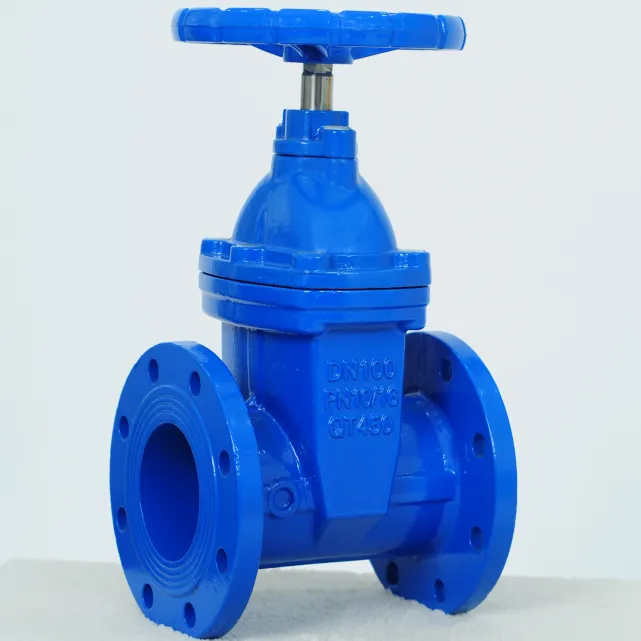Understanding the Function and Advantages of Hydraulic Foot Valves in Fluid Control Systems
Understanding Hydraulic Foot Valves Function and Importance
Hydraulic foot valves play a crucial role in various hydraulic systems, particularly in applications involving fluid management and control. These valves, often used in waterborne systems and petroleum applications, act as an essential component in maintaining optimal hydraulic performance.
At its core, a hydraulic foot valve is a one-way valve designed to facilitate the flow of liquid into a pump while preventing backflow
. This is particularly important in systems where liquid needs to be maintained within a pump or suction line when the pump is not operational. The design of the foot valve typically features a strainer or filter that prevents larger debris from entering the pump, thus safeguarding the integrity and efficiency of the hydraulic system.One of the primary functions of a foot valve is to ensure that the system remains primed. When a pump is turned off, the foot valve closes, using a spring mechanism or weight to block the flow of liquid back into the source. This prevents air from entering the system, which can lead to cavitation—a phenomenon that can cause significant damage to pumps and reduce overall efficiency.
hydraulic foot valve

Foot valves are not just limited to industrial applications; they are also commonly found in irrigation systems. In agriculture, maintaining water levels is vital for optimal crop growth. The foot valve ensures water flows into irrigation systems while preventing the backflow that could result in dry patches that could be detrimental to crops.
When selecting a hydraulic foot valve, several factors should be taken into consideration. These include the material of construction, compatibility with the fluid type, working pressure, and the temperature range of the application. Valves are often made from durable materials such as stainless steel, bronze, or plastic to withstand corrosive environments and ensure longevity.
Installation and maintenance of foot valves are vital for their efficient operation. Regular inspections help identify any potential blockages or wear that could impair functionality. A well-maintained foot valve not only prolongs the lifespan of the pump but also enhances the overall efficiency of the hydraulic system.
In summary, hydraulic foot valves serve a significant function in various fluid management systems, from industrial applications to agricultural irrigation. By facilitating the proper flow of liquids, preventing backflow, and protecting pumps from damage, foot valves are instrumental in ensuring the efficiency and longevity of hydraulic systems. Investing in quality valves and maintaining them diligently can lead to significant performance improvements and cost savings over time.
-
The Key to Fluid Control: Exploring the Advantages of Ball Valves in Industrial SystemsNewsJul.09,2025
-
The Versatile World of 1, 2, and 3 Piece Ball ValvesNewsJul.09,2025
-
Stainless Steel Ball Valves: The Ideal Choice for Efficient Flow ControlNewsJul.09,2025
-
Optimizing Fluid Control with Ball Float ValvesNewsJul.09,2025
-
Manual Gate Valves: Essential for Control and EfficiencyNewsJul.09,2025
-
Everything You Need to Know About Butterfly ValvesNewsJul.09,2025
-
The Versatility of Wafer Type Butterfly ValvesNewsJul.08,2025




